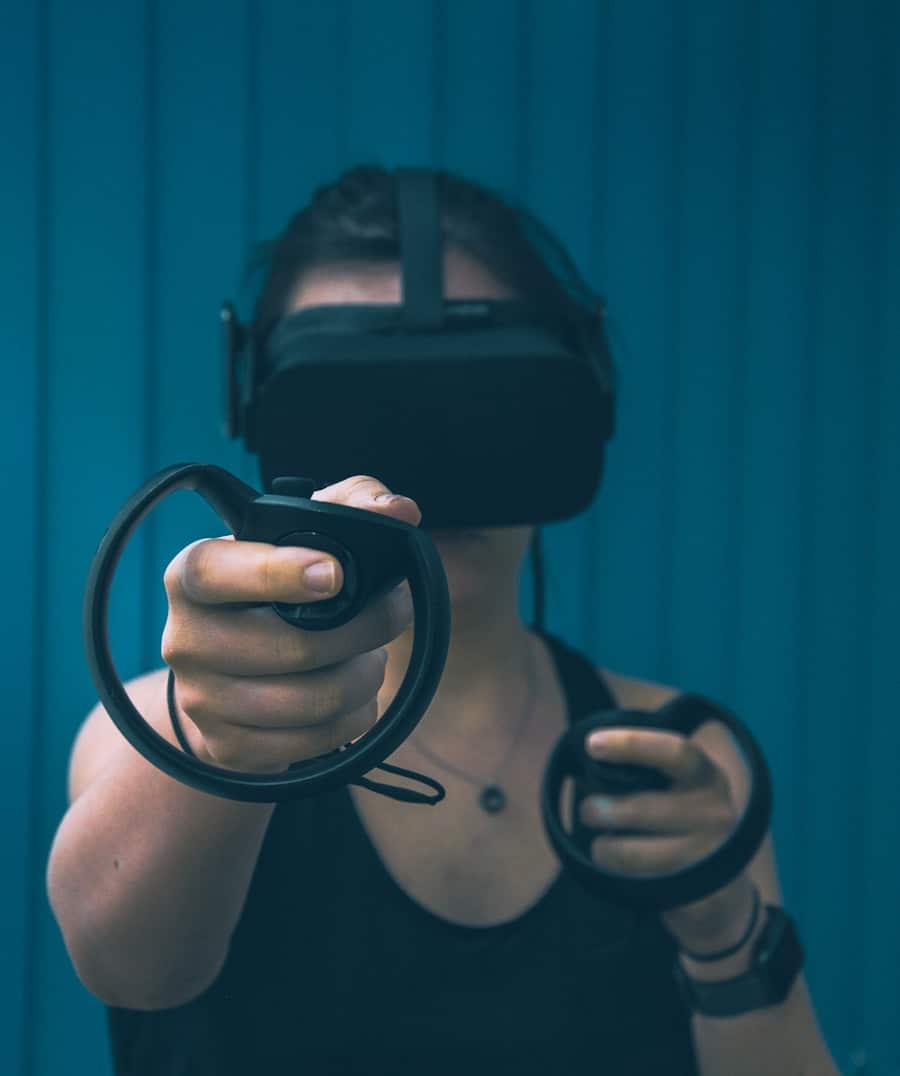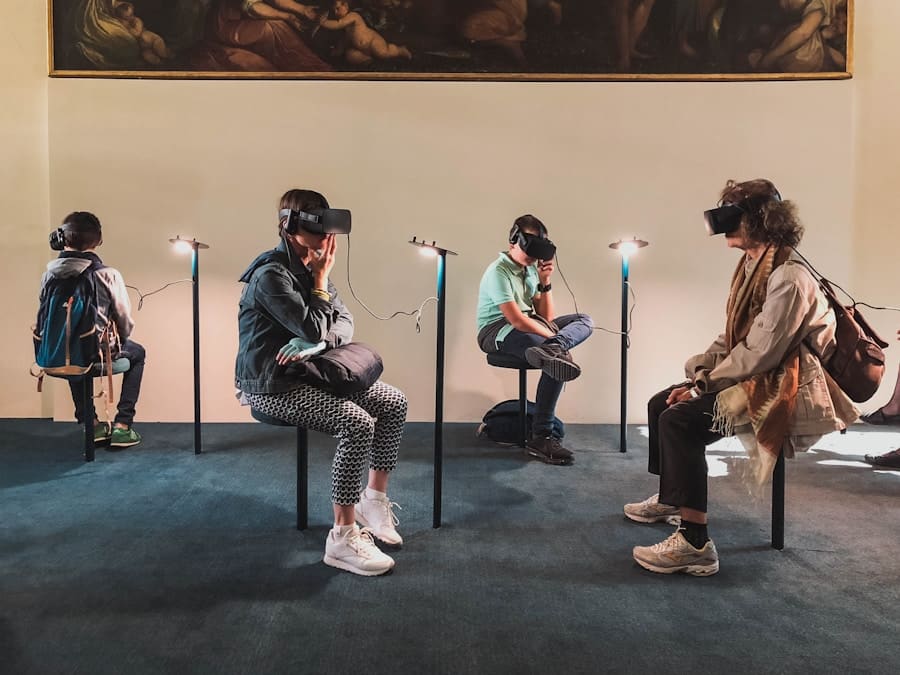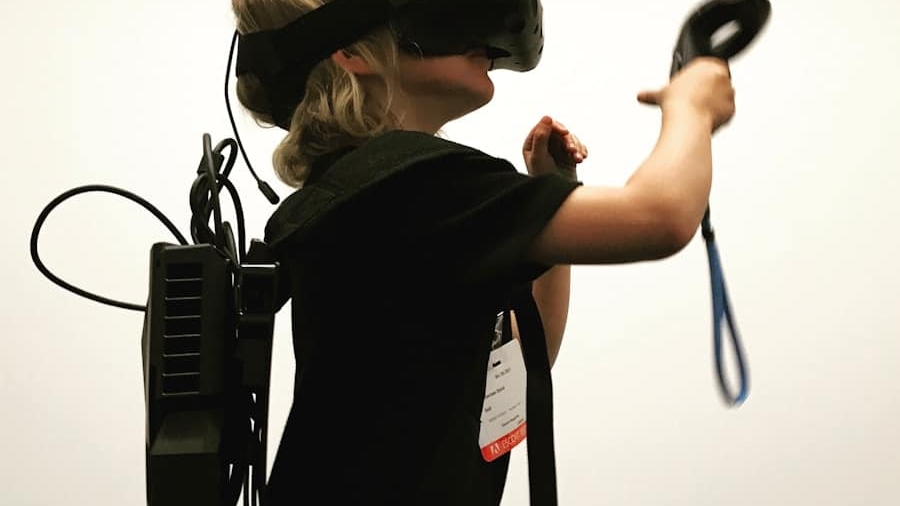Virtual Reality (VR) has emerged as a transformative technology across various sectors, and its application in the medical field is particularly noteworthy. By creating immersive, computer-generated environments, VR allows researchers and practitioners to simulate real-world scenarios in a controlled setting. This capability is especially valuable in medical experiments, where the stakes are high, and the need for precision and safety is paramount.
The integration of VR into medical research not only enhances the understanding of complex medical phenomena but also provides innovative solutions for training, treatment, and patient care.
From its early days in gaming and entertainment, VR has found its way into healthcare, where it is being utilized for everything from surgical simulations to psychological therapy.
The ability to visualize intricate anatomical structures and practice procedures without risk to patients has revolutionized how medical professionals prepare for real-life situations. As the technology continues to develop, its potential applications in medical experiments are expanding, promising a future where VR could play a central role in healthcare innovation.
Key Takeaways
- VR technology has revolutionized medical experiments by providing immersive and interactive experiences for researchers and participants.
- The advantages of using VR for medical experiments include cost-effectiveness, safety, and the ability to simulate complex and realistic scenarios.
- VR is being used to simulate surgical procedures, allowing medical professionals to practice and refine their skills in a risk-free environment.
- VR is also being utilized to study and treat phobias and anxiety disorders by exposing patients to controlled virtual environments.
- Medical professionals are using VR for training and education, providing realistic scenarios for students to learn and practice in a safe environment.
Advantages of Using VR for Medical Experiments
Controlled Environments for Accurate Results
Researchers can manipulate variables such as lighting, and even the presence of virtual patients to study how different factors influence outcomes. By isolating specific elements within a VR environment, researchers can gain clearer insights into the efficacy of treatments or interventions.
A Safe Space for Experimentation and Training
Moreover, VR offers a space for experimentation that minimizes risks associated with traditional methods. For instance, in surgical training, VR allows medical students and professionals to practice complex procedures without the fear of harming a patient. This not only enhances skill acquisition but also builds confidence among practitioners.
Improved Retention and Performance
The immersive nature of VR can lead to better retention of information and skills compared to conventional training methods. Studies have shown that participants who trained using VR simulations performed better in real-life scenarios than those who relied solely on traditional training techniques.
Application of VR in Simulating Surgical Procedures

The application of VR in simulating surgical procedures has gained significant traction in recent years. Surgeons can use VR platforms to rehearse intricate operations before stepping into the operating room. For example, platforms like Osso VR and Touch Surgery provide realistic 3D models of human anatomy that allow surgeons to practice procedures such as laparoscopic surgery or orthopedic interventions.
These simulations can be customized to reflect the specific anatomy of individual patients, enabling surgeons to prepare for unique challenges they may encounter during actual surgeries. Furthermore, VR simulations can be used to assess a surgeon’s skills objectively. By tracking metrics such as hand movements, precision, and decision-making processes during a simulated procedure, educators can provide targeted feedback that helps improve surgical techniques.
This data-driven approach not only enhances individual performance but also contributes to the overall quality of surgical education.
Using VR to Study and Treat Phobias and Anxiety Disorders
Beyond surgical training, VR has shown promise in the realm of mental health, particularly in studying and treating phobias and anxiety disorders. Exposure therapy, a common treatment for these conditions, involves gradually exposing patients to their fears in a controlled manner. VR takes this concept a step further by allowing patients to confront their fears in a safe virtual environment.
For instance, individuals with a fear of heights can experience virtual scenarios that simulate high places without any real-world risk. Research has demonstrated that VR exposure therapy can lead to significant reductions in anxiety levels for patients with specific phobias. A study published in the journal “Psychological Medicine” found that participants who underwent VR exposure therapy for fear of flying reported lower anxiety levels and increased willingness to fly after treatment compared to those who received traditional therapy.
The immersive nature of VR helps patients engage more fully with their fears, facilitating a deeper therapeutic experience. As mental health professionals continue to explore innovative treatment modalities, VR stands out as a powerful tool for addressing anxiety-related disorders.
VR in Training and Education for Medical Professionals
The role of VR in training and education for medical professionals cannot be overstated. Traditional methods of teaching often rely on lectures and textbook learning, which may not adequately prepare students for the complexities of real-world medical practice. In contrast, VR provides an interactive learning experience that engages multiple senses and encourages active participation.
Medical students can explore human anatomy in 3D, practice clinical skills through simulations, and even interact with virtual patients to hone their diagnostic abilities. One notable example is the use of VR in teaching anatomy. Programs like “Anatomy 4D” allow students to visualize anatomical structures from various angles and perspectives, enhancing their understanding of spatial relationships within the body.
This immersive approach not only aids retention but also fosters a deeper appreciation for the intricacies of human biology. Additionally, VR can facilitate collaborative learning experiences where students from different disciplines come together to solve complex medical cases, promoting teamwork and communication skills essential for effective healthcare delivery.
Ethical Considerations in Using VR for Medical Experiments

While the benefits of using VR in medical experiments are substantial, ethical considerations must be addressed to ensure responsible implementation. One primary concern is the potential for desensitization among medical professionals who repeatedly engage with virtual patients or scenarios. If practitioners become too accustomed to virtual environments, there is a risk that they may lose empathy or sensitivity when dealing with real patients.
It is crucial for educators and institutions to strike a balance between utilizing VR for training while emphasizing the importance of human connection and compassion in healthcare. Another ethical consideration involves informed consent when using VR in research studies or therapeutic settings. Participants must fully understand what they are experiencing within the virtual environment and how it may impact their mental or emotional state.
Researchers must ensure that participants are aware of any potential risks associated with exposure therapy or other interventions conducted through VR. Transparency about the technology’s limitations and potential effects is essential for maintaining trust between researchers and participants.
Future Potential of VR in Medical Research and Experimentation
The future potential of VR in medical research and experimentation is vast and largely untapped. As technology continues to advance, we can expect more sophisticated simulations that incorporate artificial intelligence (AI) and machine learning algorithms. These advancements could lead to personalized treatment plans based on individual patient data analyzed within virtual environments.
For instance, AI could help create dynamic simulations that adapt in real-time based on a patient’s responses during exposure therapy or surgical training. Moreover, the integration of VR with other emerging technologies such as augmented reality (AR) could further enhance its applications in medicine. Imagine a scenario where surgeons use AR glasses during an operation that overlays critical information about a patient’s anatomy directly onto their field of vision while simultaneously utilizing VR simulations for preoperative planning.
Such innovations could streamline workflows, improve patient outcomes, and ultimately reshape how medical professionals approach both research and practice.
The Impact of VR on the Future of Medical Experiments
The impact of virtual reality on the future of medical experiments is poised to be profound as it continues to evolve and integrate into various aspects of healthcare. From enhancing surgical training to providing innovative therapeutic solutions for mental health disorders, VR is redefining how medical professionals learn, practice, and conduct research. As we move forward into an era where technology plays an increasingly central role in healthcare delivery, embracing the potential of VR will be essential for advancing medical science and improving patient care outcomes.
As researchers explore new frontiers within this exciting domain, it is imperative that ethical considerations remain at the forefront of discussions surrounding VR applications in medicine. By fostering an environment that prioritizes empathy, informed consent, and responsible use of technology, we can harness the full potential of virtual reality while ensuring that patient welfare remains paramount. The journey ahead promises not only advancements in medical experimentation but also a reimagining of what is possible within the realm of healthcare innovation.
In a related article discussing the best VPS hosting providers for 2023, it highlights the importance of choosing the right hosting service for websites and applications. Just like how selecting the right technology is crucial for conducting risk-free medical experiments in virtual reality, choosing the best VPS hosting provider is essential for ensuring optimal performance and security for online platforms. To learn more about the top VPS hosting providers for 2023, check out the article here.
FAQs
What is VR?
VR stands for virtual reality, which is a computer-generated simulation of an environment that can be interacted with in a seemingly real or physical way by a person using special electronic equipment, such as a helmet with a screen inside or gloves fitted with sensors.
How is VR used in medical experiments?
VR is used in medical experiments to create simulated environments that allow researchers to conduct risk-free experiments. This can include testing new medical procedures, training medical professionals, and studying the effects of certain treatments.
What are the benefits of using VR in medical experiments?
Using VR in medical experiments allows researchers to conduct experiments in a controlled and risk-free environment. It also provides the opportunity to simulate scenarios that would be difficult or impossible to replicate in real life, and allows for more efficient and cost-effective research.
Are there any limitations to using VR in medical experiments?
While VR offers many benefits, there are also limitations to consider. These can include the cost of equipment and software, the need for specialized training to use VR technology, and the potential for simulation to differ from real-life scenarios.
What are some examples of medical experiments conducted using VR?
Medical experiments using VR can include simulating surgical procedures, testing the effectiveness of new medical devices, and studying the impact of certain treatments on patient outcomes. VR can also be used to train medical professionals in a variety of scenarios.

